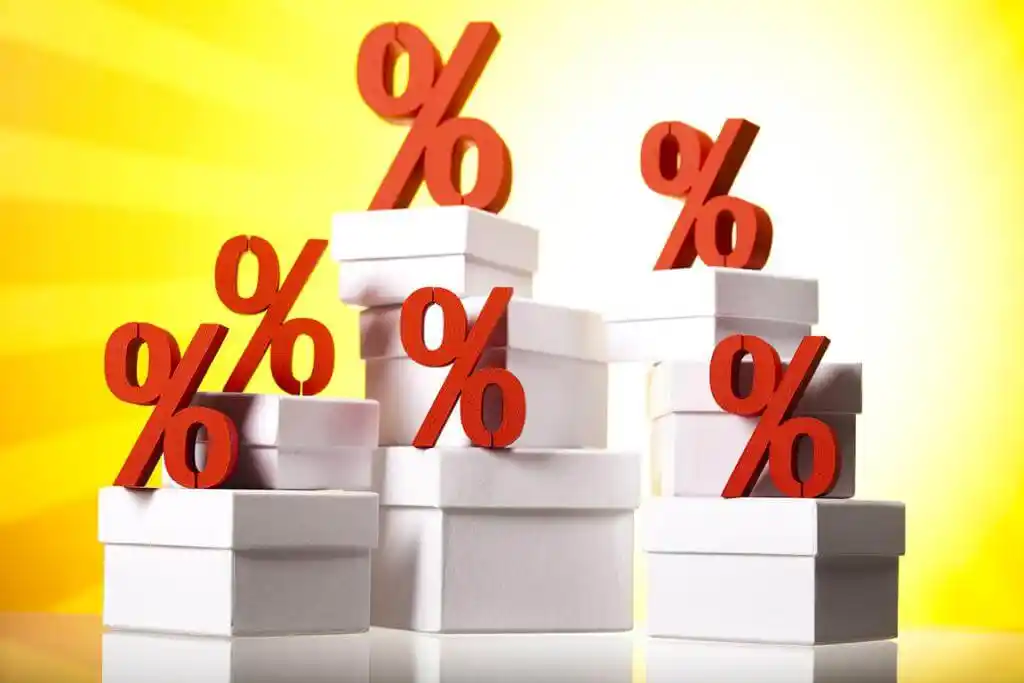Have you ever wanted to earn more money without having to spend extra hours at the office working for it? If you’re concerned you won’t have adequate long-term savings or retirement funds, or funds for your child’s college tuition, then you need to start saving now! The good news is that compound interest can help you achieve financial success in the long-term.
Once you understand the power of compound interest you’ll know that it is one of the most powerful tools available to investors. In fact, it’s so important that we devoted an entire article to explain how it works. We also explain why you should care about compounding and what you can do to take advantage of this incredible tool.
So, how exactly does the magic of compound interest work? Compound interest is when interest on previous amounts earns interest on itself. It’s a powerful force because it allows you to reap rewards from past investments. This is especially true with long-term investments, like stocks and bonds. When you invest $1,000 today, you may not expect to receive any return until next year. But as long as you continue to reinvest your earnings, you’ll eventually reach levels of wealth far beyond anything you imagined!
Use Compound Interest to Grow Your Wealth
As we’ve covered, compound interest is one of the most powerful ways to build wealth over time. Investing early on is essential, and you should seriously consider taking advantage of it.
The best way to make sure your money grows faster is to invest regularly and automate the process. If you do both, you can avoid the temptation to pull out your savings, which could potentially reduce the amount of interest you earn.

Here are three ways to take advantage of compound growth:
1. Automate your investing
Automating your investment strategy gives you the opportunity to invest small amounts regularly, while keeping your portfolio diversified. For example, let’s say you want to start saving $200 per month for retirement. You could set up an automatic transfer from your checking account to your savings account each month. This way, you won’t have to worry about missing out on the chance to save money because you didn’t remember.
2. Rebalance your portfolio
Rebalancing ensures that your investments remain properly balanced. By doing this periodically, you help ensure that your portfolio stays well-diversified and doesn’t become too concentrated in one asset class.
3. Avoid market volatility
The market fluctuates, sometimes dramatically. When the market drops, it’s tempting to hold off on investing your money, sell off stocks, bonds, or mutual fund shares. However, the best course of action is to simply ride out the storm. Remember, the long-term trend is upward. Even during periods of volatility, the underlying fundamentals of the economy continue to improve. So, don’t panic. Instead, continue to invest your money and use the dips in the market to buy low and sell high.
Simple Interest vs. Compound Interest
The difference between simple interest and compound interest is one of the most important concepts to understand when it comes to investing. You’ll find yourself coming across this concept again and again, whether you’re learning about money management or just trying to figure out how much you’re paying in taxes.
Compounding interest is one of the most important concepts in personal finance. For example, let’s say you set up a savings account with $1,000 in the account and it pays 5% in annual interest. In the first year, you’d earn $50, giving you a new balance of $1,050. In the second year, you’d earn 5% on the larger balance of $1,050, which is $52.50 — which comes to a total balance of $1,102.50 at the end of the second year.
That’s because compounding interest adds each additional dollar to the total value of your investment. This is why people often refer to compound interest as “interest on interest.”
In contrast, simple interest calculates how much you’d make without taking into consideration future earnings. So, in our example above, you’re earning $50 in interest in the first year on your initial $1,000 deposit, giving you a balance of $1,050. In the second year, you’d earn $50 in interest on the same principal amount of $1000, giving you a balance of $1,100.
Simple interest doesn’t take into account the fact that you’ll be making even more money in the future.
Why Saving Now Matters
When we talk about compound interest, we’re referring to the interest that accumulates on your initial deposit. The longer you leave your money invested, the greater the return you’ll receive.
The secret behind compound interest is time. When you start saving, it doesn’t matter whether you put away $1,000 per month or $100,000 per month – the principle is the same. Time matters.
You need to make decisions about where to allocate your money today. The earlier the better. And when you do decide to start saving, you’ll want to choose an amount that won’t break your budget. But once you’ve saved some money, compound interest kicks in and begins working wonders.

Be Aware of the Drawbacks
Compound interest can work for or against us. Compounding can be beneficial or detrimental to our financial situation. If we take out loans, we pay back more than what we originally borrowed. Because of compounding, our debts increase over time.
Just like compound interest builds your debts over time, it also applies to your bank accounts. If you take out a loan, the principal plus the interest are added together to form what is known as the “loan balance.” For example, let’s say you borrow $1,000 and pay 10% interest per year. After one year, your balance will be $1,100. After another year, your balance will increase to $1,210. And just like compound interest, the bigger your loan balance becomes, the greater the interest.
If you don’t pay back your loan, the balance will keep growing until it reaches its’ maximum limit, which will happen sooner or later. At that point, you’ll owe significantly more money than you did when you started.
Keep An Eye On Inflation
Inflation is one of those things you don’t think about unless something goes wrong. But it’s actually a big deal. Inflation eats away at the purchasing power of your money, making it harder to save and invest. So, how do you protect yourself against rising prices? Here are some ways to look for low-inflation investments.
The first thing you should do is monitor the rate of inflation. Many people use the Consumer Price Index (CPI) to measure inflation. It measures the cost of living by comparing the price of goods and services, which can be compared with previous rates.
To find out if there has been any recent inflation, check the CPI report published by the Bureau of Labor Statistics. You can find this information online.
Next, look for companies whose products are in high demand. Companies that sell basic necessities tend to be less affected by inflation. They also tend to offer better returns on investment.
Finally, if you live in the States, consider investing in foreign markets. These markets tend to be less affected than domestic markets by changes in U.S. currency values.

Conclusion
The power of compound growth is one of the most important factors influencing investment returns. The longer and more frequently an investor contributes to their investment portfolio, the greater the return on their money. Frequent small investments add up quickly over time, resulting in big gains in the long-term.
Remember, you might not get rich overnight, but you will definitely see significant returns over time. You will realize the power of time and earn extra money at a much faster rate than ever before. You will experience first hand the benefits of compound interest and never look back!





